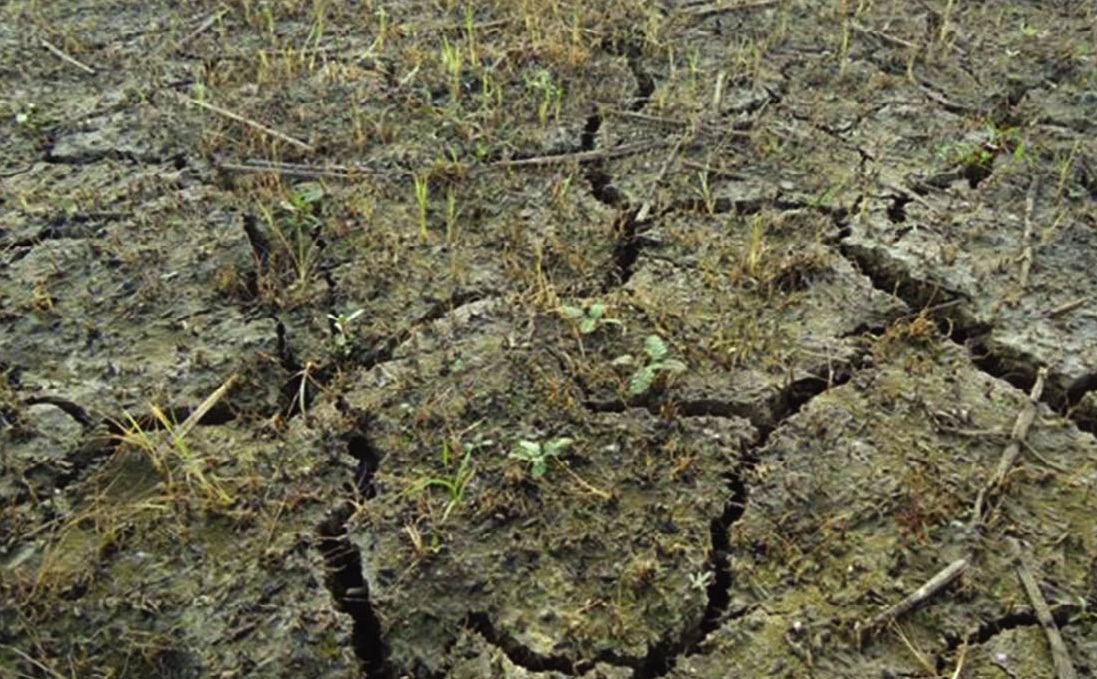:: Silvanus Lamin::
Climate change is the burning issue of today’s world. It is said that excessive emission of greenhouse gas is the major cause of climate change. However, before discussing about climate change, we need to have idea regarding climate, greenhouse gas and the initiatives taken worldwide to combat the rapid change of climate. We all more or less know that climate is “the average weather”. It is measured by observing patterns in temperature, precipitation, winds and the days of sunlight as well as other variables that might be measured at any given site. Generally, climate is the manifestation of a highly complex system consisting of five interacting components: the atmosphere (air), hydrosphere (water), cryosphere, the land surface and the biosphere. On the other hand, climate change refers to the change within the climate over time, whether due to natural variability or as a result of human activity. Even climate change can result from the interaction of the atmosphere and oceans though UNFCCC puts more emphasis on human activity which causes climate change. Actually, it is climate change which somehow has influenced the course of human history and human evolution. Historically, humans have been able to cope and adapt to these changes. Previously, it was climate which changed humans but today humans change climate rapidly. However, the climate change which now we are experiencing is the consequence of human activity resulting to burning fossil fuel for luxurious lifestyle.
Role of greenhouse gas in climate change
Greenhouse gases are chemical compound such as water vapor, carbon dioxide, methane and nitrous oxide found in the atmosphere. But carbon dioxide is the main GHG and its emission mainly comes from burning fossil fuel. These greenhouse gases absorb some of the infrared radiation which reflects back heat that gets trapped by the greenhouse gases inside the atmosphere. This process helps making the earth warm otherwise it will be too cold. However, in this process, atmosphere acts like the glass walls of greenhouse which allows the sun’s rays entering but keeps the heat inside. This natural process is called greenhouse effect. As humans emit more carbon dioxide and other greenhouse gases into the atmosphere, the greenhouse effect becomes stronger and global warming occurs. Human induced activities such as unplanned urbanization, deforestation and forest degradation, chemical agriculture and excessive use of fossil fuel have resulted in increased amount of carbon into the atmosphere. According to a statistics, until October, 2010, the amount of carbon found in the atmosphere is 388 PPM (Parts per notations) which is beyond the acceptable level. On the other hand, methane contributes more to global warming in comparison with carbon dioxide and it harms the ozone layer. Global warming is one of the manifestations of climate change. It is said that the amount of greenhouse gas emitted into the atmosphere has increased to 25% due to the increased industrialization across the world in last 150 years.
Global initiatives in climate change mitigation
Lots of initiatives have been and are taken to mitigate climate change across the world and to accelerate the initiatives world organizations and institutions such as the United Nations Environmental Program (UNEP), the UN Framework Convention on Climate Change (UNFCCC) and Intergovernmental Panel on Climate Change (IPCC). IPCC is assigned to provide scientific assessment of climate change. IPCC provides governments with scientific, technical and socio economic information which evaluates and develops a response to global climate change. On the other hand, UNFCCC is a Multilateral Environmental Agreement which was adopted during the United Nations Conference on Environment and Development (MEA) held in 1992 in Rio de Janiero. The UNFCCC sets an overall framework for intergovernmental efforts to tackle the challenge posed by climate change. It recognizes that the climate system is a shared resource whose stability can be affected by industrial and other emissions of carbon dioxide and other greenhouse gases which contributes in the formulation and adoption of Kyoto Protocol having perceived that globally the emissions of greenhouse gases have increased. However, Kyoto Protocol sets targets for industrial countries (Annex-1) to reduce their carbon emissions and gives them flexibility as to how they can reach their targets. The Annex-1 countries can reduce their carbon emissions through Emission Trading, Joint Implementation and Clean Development Mechanism. Emission trading means buying emission credits from other countries to reach the set targets while Joint Implementation means implementing projects in other countries which contribute in reducing carbon emissions and Clean Development Mechanism means shifting huge emitted trading into zero carbon emitted trading. However, a company from Brazil for instances, switches from coal power to biomass. The CDM board certifies that by doing this the company has reduced carbon emissions by 100,000 tones per year. It is issued with 100,000 CERs (Certified Emissions Reduction). Under the Kyoto protocol, the United Kingdom has to reduce its greenhouse gas emission by one million tones of carbon dioxide per year. If it purchases the 100,000 CERs from the Brazilian company, this target reduces from one million tons to 900,000 tones per year making the goal easier to achieve.
Thus through these global initiatives, activities are currently being implemented to combat climate change but United states did not ratify Kyoto Protocol and the no one knows what will be happening after 2012 when the fixed time frame of Kyoto Protocol ends.

